Nostalgia, a sentimental longing for the past, has become a powerful force in shaping contemporary pop culture and entertainment. This emotional connection to previous eras influences everything from movies and television shows to music, fashion, and advertising. By tapping into the collective memories of audiences, creators can evoke powerful emotions, foster a sense of community, and drive commercial success. This essay explores the role of nostalgia in pop culture and entertainment, examining its psychological underpinnings, its manifestations in various media, and its impact on both creators and consumers.
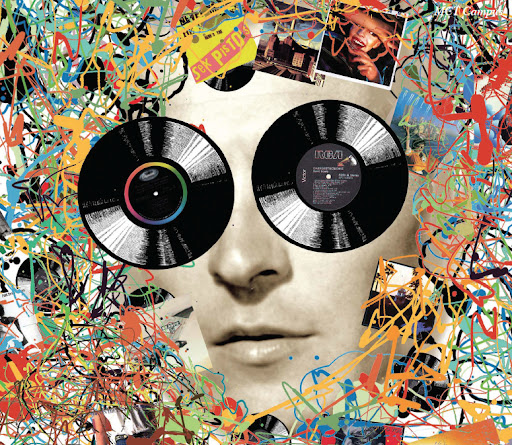
In recent years, the entertainment industry has increasingly relied on nostalgia to captivate audiences. This phenomenon is evident in the proliferation of movie remakes, television reboots, and the resurgence of retro fashion trends. The music industry, too, has seen a revival of classic genres and the re-emergence of vinyl records. These nostalgic elements resonate with consumers, offering a comforting escape to simpler times and providing a sense of continuity in a rapidly changing world. By understanding the intricate relationship between nostalgia and pop culture, we can gain insights into why certain trends endure and how they shape our collective cultural identity.
Nostalgia’s influence extends beyond mere sentimentality; it plays a crucial role in the marketing and consumption of media. Companies leverage nostalgic themes to create compelling advertising campaigns, while streaming services and digital platforms curate content that harkens back to past decades. This strategic use of nostalgia not only attracts older generations but also introduces younger audiences to iconic cultural moments. As we delve deeper into this essay, we will explore how nostalgia functions as both a cultural touchstone and a commercial tool, driving the evolution of pop culture and entertainment. Through this exploration, we will uncover the enduring power of nostalgia and its ability to connect people across time and space.
The Psychology of Nostalgia
Emotional and Cognitive Aspects
Nostalgia is a complex emotion that involves a mix of happiness, longing, and bittersweet reflection. It is triggered by various stimuli, such as music, scents, or visual cues, and can evoke memories of specific times, places, or experiences. Psychologically, nostalgia serves several functions:
- Emotional Regulation: Nostalgia can help regulate emotions by providing comfort and reducing feelings of loneliness and anxiety. It often brings to mind positive experiences and relationships, which can enhance mood and foster a sense of belonging.
- Self-Continuity: Reflecting on past experiences can strengthen a sense of self-continuity, helping individuals to see a coherent narrative in their lives. This can enhance self-esteem and provide a sense of purpose.
- Social Connectedness: Nostalgia often involves memories of social interactions and relationships, reinforcing social bonds and promoting a sense of community.
Evolutionary Perspectives
From an evolutionary standpoint, nostalgia may have adaptive functions. It can reinforce social bonds and community ties, which are crucial for survival and cooperation. By remembering and valuing past experiences, individuals may also be better equipped to make decisions and navigate present and future challenges.
Nostalgia in Film and Television
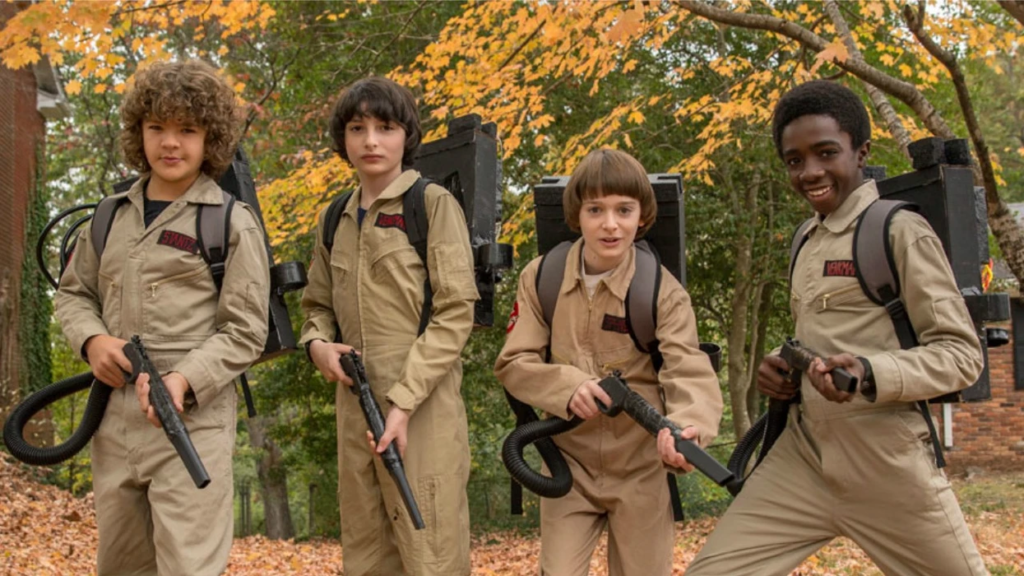
Remakes, Reboots, and Revivals
One of the most visible manifestations of nostalgia in pop culture is the prevalence of remakes, reboots, and revivals in film and television. These projects capitalize on the familiarity and emotional resonance of beloved properties, attracting both old fans and new audiences.
- Remakes: These are new versions of existing films or TV shows, often updated to appeal to contemporary audiences. Examples include “A Star is Born” (2018) and “The Lion King” (2019).
- Reboots: These involve restarting a franchise with new storylines and characters, while maintaining some connection to the original. Examples include “Star Trek” (2009) and “Batman Begins” (2005).
- Revivals: These bring back original cast members and continue the story from where it left off, appealing directly to fans of the original. Examples include “Fuller House” (2016) and “The X-Files” (2016).
Homages and References
Films and TV shows frequently include homages and references to past works, creating a sense of continuity and shared cultural history. These nods can range from subtle Easter eggs to overt tributes, such as the 1980s-inspired aesthetic of “Stranger Things” or the numerous pop culture references in “Ready Player One” (2018).
Period Pieces and Retro Aesthetics
Period pieces and retro aesthetics transport audiences to specific historical eras, often idealizing the past and evoking nostalgia. Shows like “Mad Men” and “The Marvelous Mrs. Maisel” meticulously recreate the styles, music, and social dynamics of their respective periods, while films like “La La Land” (2016) and “Once Upon a Time in Hollywood” (2019) pay tribute to Hollywood’s golden ages.
Nostalgia in Music
Retro Revival Movements
Nostalgia has a significant influence on music, with retro revival movements bringing back the sounds and styles of previous decades. Artists and bands often draw inspiration from the past, reviving genres like disco, synth-pop, and classic rock.
- Synthwave and Retrowave: These genres evoke the sounds of 1980s electronic music, characterized by synthesizers and nostalgic themes. Artists like Kavinsky and The Midnight have popularized this style.
- Vintage Pop and Soul: Musicians like Amy Winehouse and Leon Bridges have revived the sounds of 1960s and 1970s soul and pop, appealing to both older and younger audiences.
Sampling and Covers
Sampling and cover songs are another way nostalgia manifests in music. By reinterpreting or directly incorporating elements of older songs, artists create a connection between past and present.
- Sampling: Hip-hop and electronic music frequently use samples from older tracks, creating new compositions that resonate with listeners’ memories. For example, Kanye West’s “Stronger” samples Daft Punk’s “Harder, Better, Faster, Stronger.”
- Cover Songs: Covering classic songs allows artists to pay homage to their influences while introducing timeless music to new generations. Examples include Whitney Houston’s rendition of “I Will Always Love You” and Jeff Buckley’s cover of “Hallelujah.”
Themed Tours and Reunions
Many artists and bands capitalize on nostalgia through themed tours and reunion concerts. These events attract fans who wish to relive past experiences and enjoy their favorite music live once again.
- Reunion Tours: Bands like The Rolling Stones, Fleetwood Mac, and Guns N’ Roses have embarked on successful reunion tours, drawing large crowds of devoted fans.
- Themed Concerts: Tribute bands and themed concerts, such as “Back to the ’80s” or “Motown Magic,” offer nostalgic experiences by recreating the music and atmosphere of specific eras.
Nostalgia in Fashion
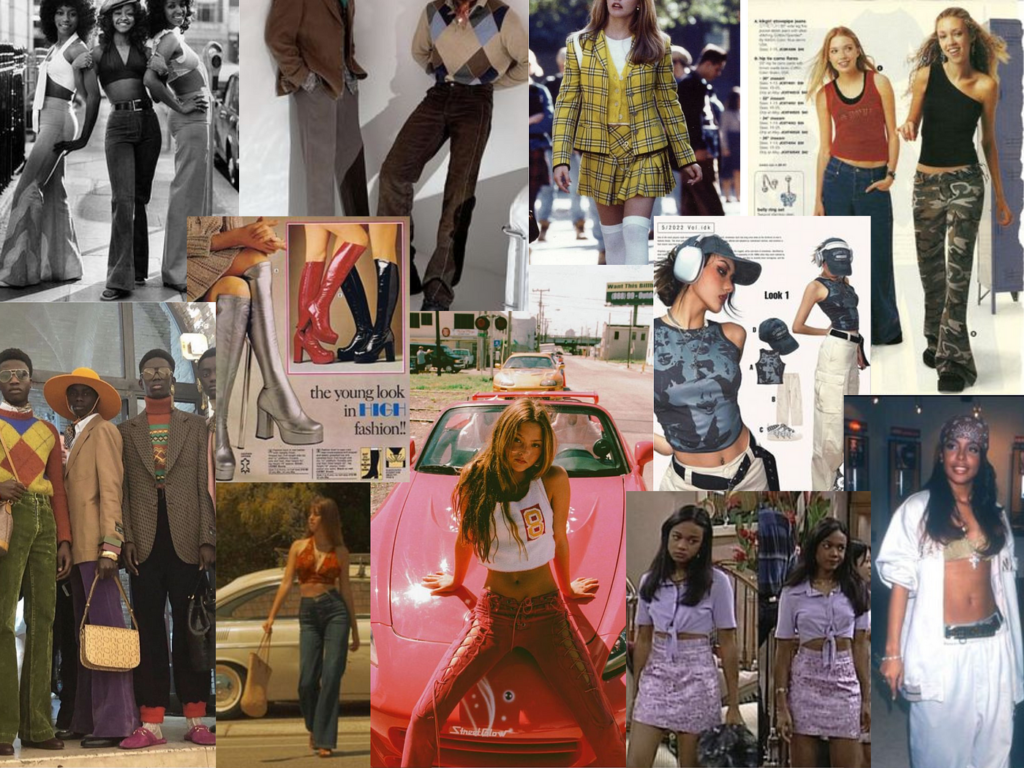
Vintage and Retro Trends
Fashion is another domain where nostalgia exerts a strong influence. Vintage and retro trends regularly resurface, driven by both designers’ and consumers’ desire to reconnect with past styles.
- Vintage Revival: Clothing and accessories from past decades, particularly the 1950s to the 1990s, are sought after for their unique styles and craftsmanship. Thrift stores, vintage boutiques, and online marketplaces cater to this demand.
- Retro-Inspired Collections: Fashion designers often create collections inspired by past eras, incorporating elements such as bell-bottom jeans, tie-dye shirts, and platform shoes into contemporary fashion.
Brand Revivals
Iconic fashion brands from the past are frequently revived, capitalizing on their nostalgic appeal and enduring brand equity.
- Champion and Fila: These sportswear brands have experienced resurgences, with their vintage logos and styles becoming popular among younger generations.
- Doc Martens and Converse: Classic footwear brands like Doc Martens and Converse continue to be fashion staples, their timeless designs appealing to new and old fans alike.
Pop Culture Collaborations
Fashion brands often collaborate with pop culture franchises, creating nostalgic collections that blend fashion with beloved media properties.
- Disney and Coach: The collaboration between Disney and Coach produced a series of handbags and accessories featuring classic Disney characters, appealing to fans’ childhood memories.
- Star Wars and Levi’s: Levi’s created a Star Wars-themed collection, merging the iconic imagery of the franchise with the brand’s classic denim styles.
Nostalgia in Video Games

Remastered and Remake Games
The video game industry has embraced nostalgia through remastered and remake games, updating classic titles with modern graphics and gameplay while retaining their original charm.
- Remastered Games: Titles like “The Legend of Zelda: The Wind Waker HD” and “Halo: The Master Chief Collection” have been remastered to enhance visual quality and gameplay mechanics, allowing players to experience beloved games with improved technology.
- Remake Games: Games such as “Final Fantasy VII Remake” and “Resident Evil 2” have been rebuilt from the ground up, offering new experiences while preserving the essence of the originals.
Retro-Inspired Indie Games
Indie game developers often create retro-inspired games that pay homage to classic titles and gaming aesthetics.
- Pixel Art Games: Games like “Stardew Valley” and “Shovel Knight” use pixel art graphics and gameplay reminiscent of 8-bit and 16-bit era games, appealing to players’ nostalgia for classic gaming experiences.
- Throwback Mechanics: Indie games like “Celeste” and “Hollow Knight” incorporate gameplay mechanics from classic platformers and Metroidvania games, offering challenging and rewarding experiences for fans of old-school gaming.
Classic Game Consoles and Collections
The resurgence of classic game consoles and collections allows players to revisit their favorite games from the past.
- Mini Consoles: The release of mini consoles like the NES Classic Edition and the Sega Genesis Mini has provided gamers with a convenient way to play classic games on modern hardware.
- Game Collections: Collections such as “Mega Man Legacy Collection” and “Castlevania Anniversary Collection” compile classic games, preserving them for new generations of players.
Nostalgia in Advertising
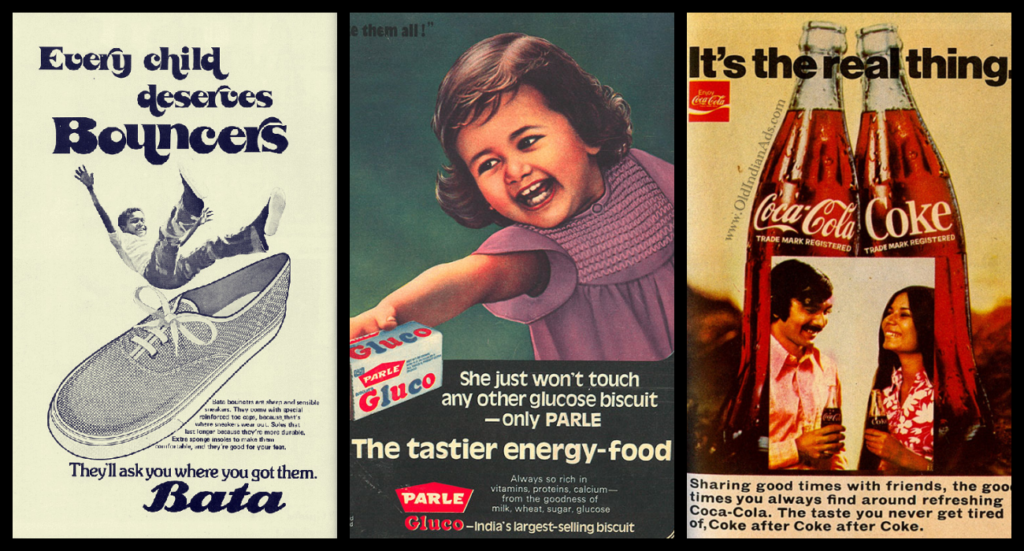
Nostalgic Campaigns
Advertisers frequently use nostalgia to create emotional connections with consumers, evoking memories of happier times and associating their products with positive experiences.
- Throwback Ads: Brands like Coca-Cola and Pepsi have run throwback ad campaigns, using vintage packaging and retro-themed commercials to evoke nostalgia and appeal to both older and younger consumers.
- Reintroduced Products: Companies often reintroduce discontinued products or limited-time offerings, capitalizing on consumers’ fond memories and creating a sense of urgency and excitement.
Celebrity Endorsements
Celebrities from past eras are often brought back for advertising campaigns, leveraging their nostalgic appeal and cultural significance.
- Revived Icons: Brands have used iconic figures such as Michael Jackson, Elvis Presley, and Marilyn Monroe in advertising campaigns, associating their timeless appeal with modern products.
- Nostalgic Spokespersons: Celebrities like Betty White and Mr. T have been featured in commercials, their enduring popularity and nostalgic value resonating with audiences.
Pop Culture References
Advertisements frequently incorporate pop culture references and themes from past decades to create a sense of nostalgia and relevance.
- Cultural References: Commercials that reference classic movies, TV shows, or music can create an instant connection with audiences. For example, the GEICO “Hump Day” commercial referencing “The Lion King” or the Tide Super Bowl ad featuring iconic TV characters.
The Impact of Nostalgia on Pop Culture and Entertainment
Consumer Behavior
Nostalgia significantly influences consumer behavior, driving demand for products and experiences that evoke fond memories of the past.
- Purchasing Decisions: Nostalgia can lead to increased brand loyalty and higher willingness to pay for products that evoke positive memories. Consumers often gravitate towards brands and items that remind them of their youth or significant life events.
- Experiential Spending: Experiences that evoke nostalgia, such as themed events, concerts, and retro gaming conventions, attract consumers willing to spend money on reliving cherished memories.
Cultural Trends
Nostalgia shapes cultural trends, influencing the creation and consumption of media and entertainment.
- Revival of Past Eras: Cultural trends often cycle back to previous eras, with fashion, music, and entertainment drawing inspiration from the past. This cyclical nature of nostalgia ensures that older styles and genres remain relevant and appreciated.
- Intergenerational Appeal: Nostalgic content has the power to bridge generational gaps, creating shared experiences and conversations between different age groups. This intergenerational appeal enhances the cultural impact of nostalgic media.
Creative Expression
For creators, nostalgia provides a rich source of inspiration and a way to connect with audiences on a deeper level.
- Innovative Storytelling: Nostalgia allows creators to experiment with storytelling techniques, blending past and present to create unique narratives. Shows like “Stranger Things” and “WandaVision” use nostalgic elements to enhance their storytelling and engage viewers.
- Artistic Homages: Artists and filmmakers often pay homage to their influences, creating works that honor the past while bringing fresh perspectives. Quentin Tarantino’s films, for example, are filled with references to classic cinema, creating a dialogue between old and new.
The Future of Nostalgia in Pop Culture and Entertainment
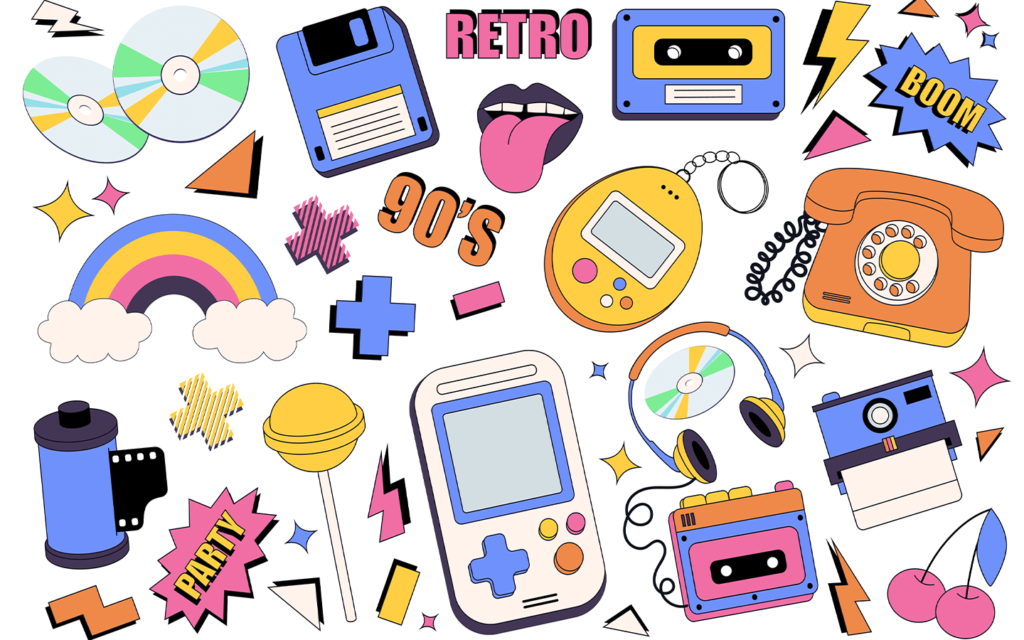
Technological Advancements
Advances in technology will continue to shape how nostalgia is experienced and consumed.
- Virtual Reality and Augmented Reality: VR and AR technologies can create immersive nostalgic experiences, allowing users to revisit virtual recreations of past environments or interact with historical figures and events.
- Digital Archives and Streaming Services: The availability of digital archives and streaming services ensures that past media remains accessible, allowing new generations to discover and appreciate classic works.
Evolving Nostalgic Themes
As society and culture evolve, so will the themes and sources of nostalgia.
- Modern Nostalgia: Future nostalgia may focus on more recent pasts, such as the early 2000s, reflecting the experiences and memories of younger generations.
- Global Influences: With the increasing globalization of media, nostalgic themes will likely incorporate diverse cultural influences, creating a richer and more varied nostalgic landscape.
Balancing Innovation and Nostalgia
The challenge for creators and marketers will be to balance innovation with nostalgia, ensuring that new works are both original and resonant.
- Innovative Homages: Creators can innovate by blending nostalgic elements with contemporary themes and technologies, creating works that feel both familiar and fresh.
- Authentic Engagement: Marketers and advertisers must ensure that nostalgic campaigns are authentic and respectful of their sources, avoiding superficial or manipulative use of nostalgia.
Conclusion
Nostalgia’s significance extends beyond simple sentimental value; it serves as a bridge connecting generations, offering common ground for shared experiences and cultural understanding. It allows older generations to relive cherished memories while introducing younger audiences to the cultural touchstones of the past. This intergenerational exchange enriches the cultural tapestry, blending the old with the new in ways that create a more cohesive and inclusive cultural narrative.
Furthermore, the commercial potential of nostalgia cannot be overstated. Brands and creators who skillfully incorporate nostalgic elements into their products and campaigns can foster deep emotional connections with their audiences. This emotional engagement often translates into heightened brand loyalty and increased consumer spending, as people are more inclined to invest in experiences and products that evoke positive memories and feelings of nostalgia.
However, it is crucial for creators and marketers to approach nostalgia with authenticity and respect. Exploiting nostalgia in a superficial or manipulative manner can backfire, leading to consumer skepticism and backlash. Instead, successful nostalgic content and campaigns are those that genuinely honor the past while offering something new and relevant to contemporary audiences. This balance between honoring tradition and embracing innovation is key to leveraging nostalgia effectively in pop culture and entertainment.
Looking to the future, nostalgia will continue to evolve, influenced by technological advancements and shifting cultural dynamics. Virtual and augmented reality, for example, have the potential to create even more immersive nostalgic experiences, allowing individuals to interact with their past in unprecedented ways. Meanwhile, the globalization of media will introduce a wider array of cultural influences into the nostalgic mix, broadening the scope of what can be considered nostalgic and enriching the overall experience.
In conclusion, nostalgia’s role in pop culture and entertainment is multifaceted and profound. It offers comfort and connection, drives consumer behavior, and enriches cultural expression. As we move forward, the challenge will be to harness the power of nostalgia in ways that are genuine, innovative, and inclusive, ensuring that this beloved element of human experience continues to bring joy, meaning, and unity to audiences around the world. Whether we are revisiting the past through a beloved movie remake, a retro fashion trend, or a nostalgic song, nostalgia will always have a special place in our hearts and in the fabric of our cultural identity.
For more such content, keep visiting QAWire


